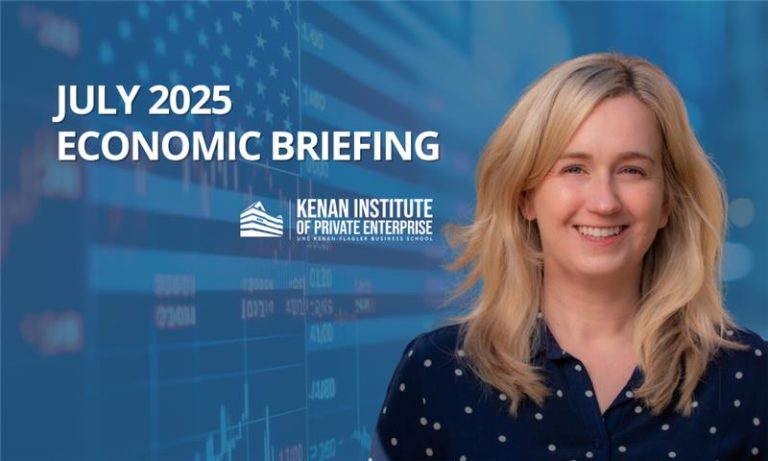
Tariffs and Deportations
Research Economist Sarah Dickerson shared news of healthy jobs numbers from June and looked at the effects of a decrease in foreign-born workers on new home construction.
Kenan Institute Chief Economist Gerald Cohen will evaluate the morning’s employment data in the context of new policy during the latest monthly economic briefing at 9 AM EDT Friday, June 6.
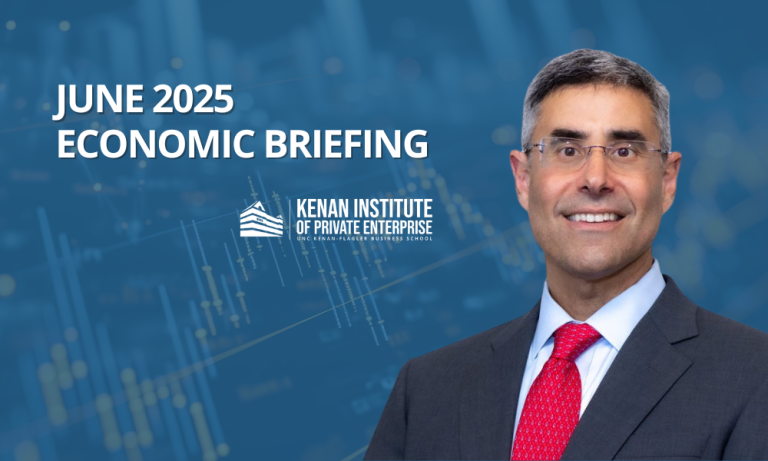
Policymaking, Fast and Slow
In the institute's June briefing, Chief Economist Gerald Cohen reviewed the morning’s employment report for May and examined a number of economic indices for potential effects from recent policy changes.
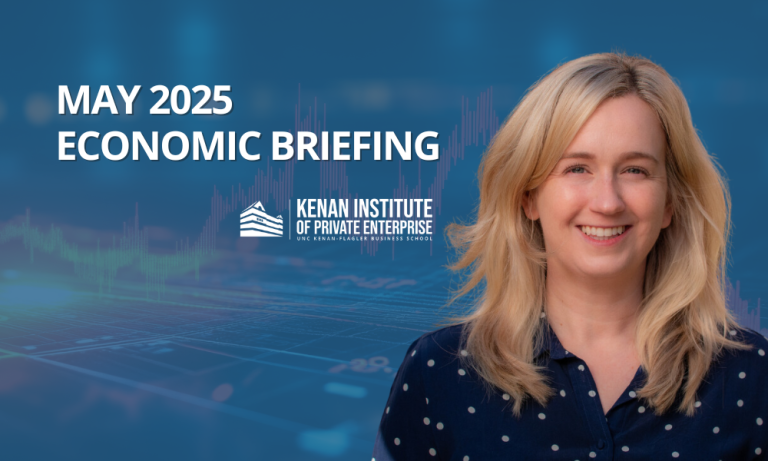
Not-So-Great Expectations
In the institute’s May 2 briefing, Research Economist Sarah Dickerson reviewed another surprisingly solid employment report, weighing it with falling consumer confidence and a raft of other indicators both positive and negative in an effort to get clarity on the future of the economy.
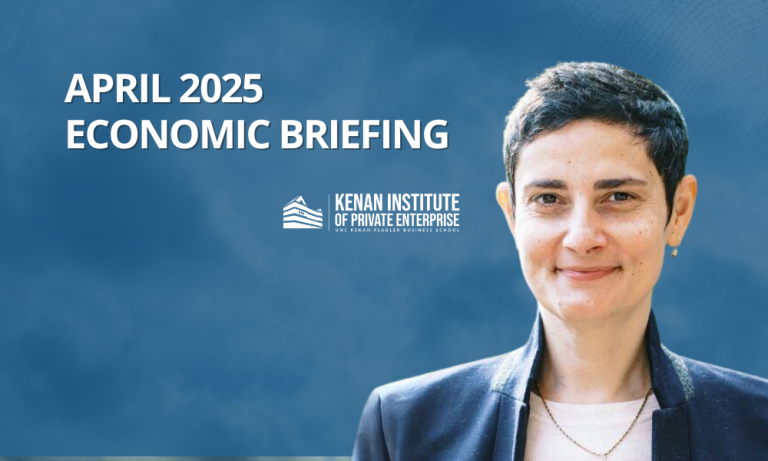
Consumers’ Darkening Mood
In the institute's April 4 briefing, Research Director Camelia Kuhnen dissected consumer confidence and sentiment data with an emphasis on growing pessimism among young people and answered questions on potential economic effects of new tariffs.
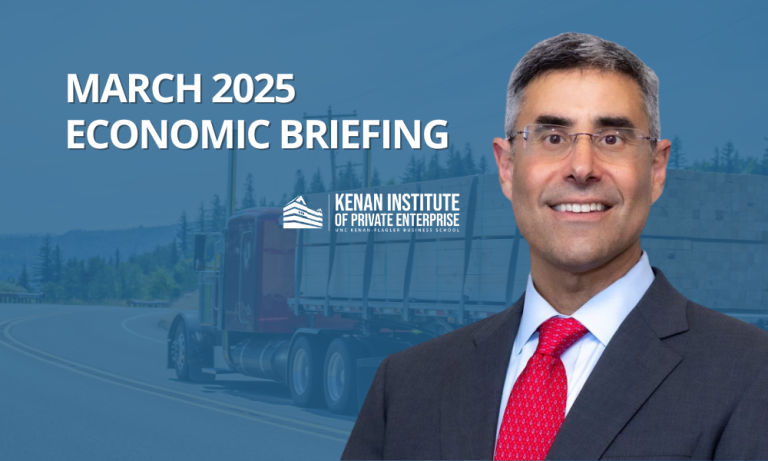
A Hard Look at the Hard Data
For the institute's March 7 briefing, Chief Economist Gerald Cohen discussed an encouragingly “benign” employment report and discussed “animal spirits,” the slower growth of inflation-adjusted wages, and potential effects of tariffs across the economy.
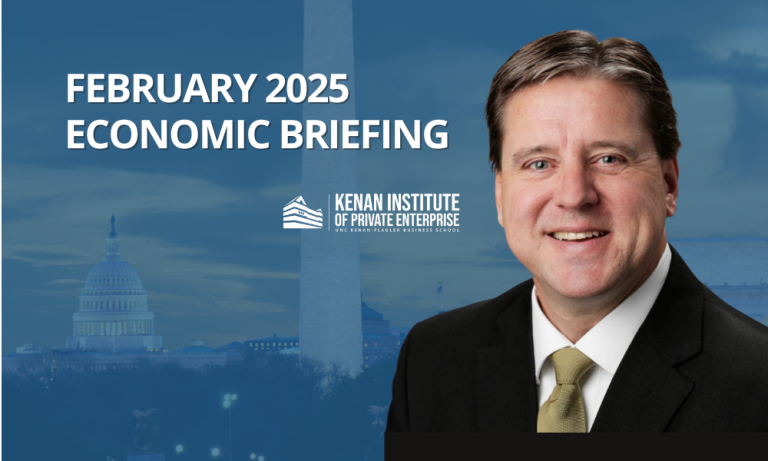
Effects of Policy Uncertainty
In the institute's February 7 briefing, Research Fellow Greg Brown analyzed the morning's employment report and discussed how the unpredictability of changes rippling through Washington could impact the US economy.
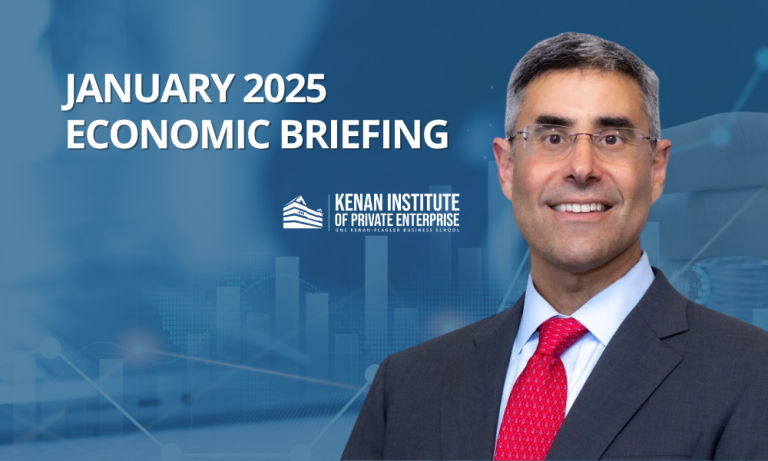
Trends to Watch for 2025
In the institute's January 10 briefing, Chief Economist Gerald Cohen discussed the morning's employment report and shared his thoughts on some top-of-mind issues for business executives and policymakers this year.
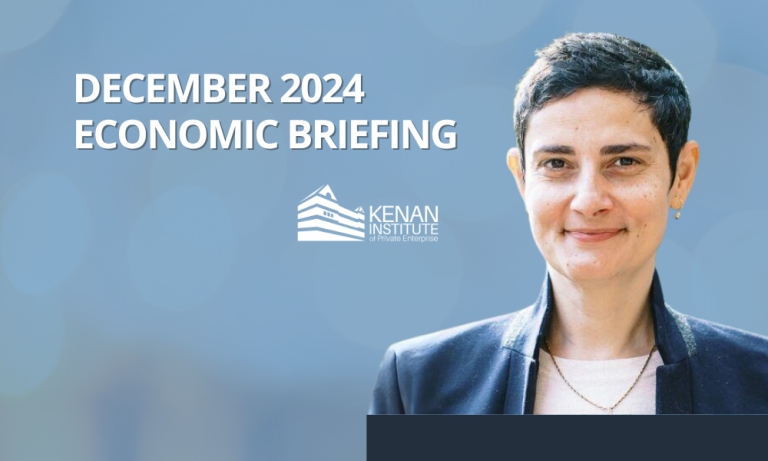
Season of Good Cheer?
For our December 6 economic briefing, Kenan Institute Research Director Camelia Kuhnen discussed the morning's employment report, which showed a bounce back from October's numbers, and the rise in the level of consumer confidence in recent months.

Time for a Confidence Check: May Press Briefing
Do employment and wage growth numbers line up with consumer confidence? It's time for a confidence check with Kenan Institute Research Director Camelia Kuhnen during this month's virtual economic briefing at 9 a.m. EDT this Friday, May 3.

Going to Extremes: March Economic Briefing
Join Chief Economist Gerald Cohen for the institute’s monthly virtual briefing at 9 a.m. EST this Friday, March 8, to discuss the morning's employment report and the latest economic data.
Job Growth Fails To Ease Consumers’ Gloom
Despite positive labor market indicators, consumer sentiment has declined steadily in 2025 as fears of inflation rise. The result could be a reduction in consumer spending.